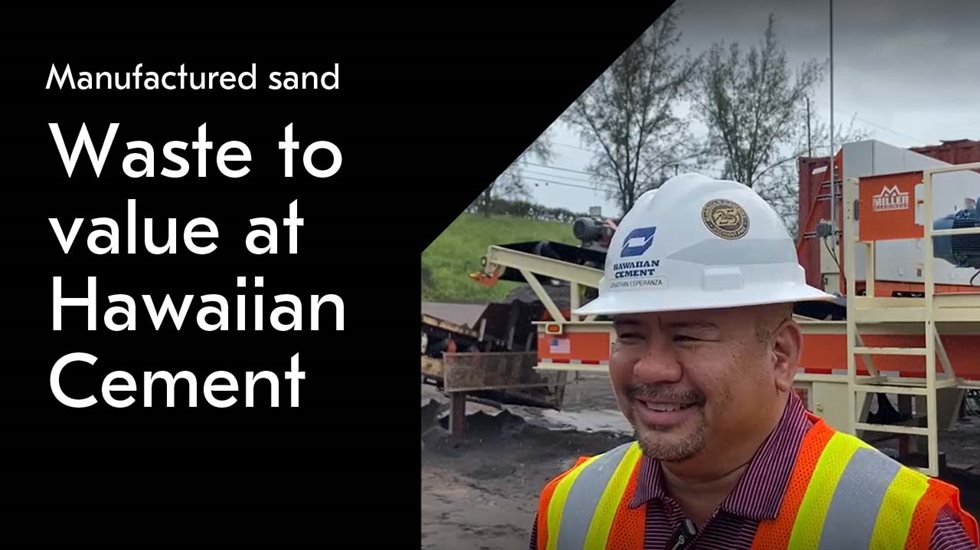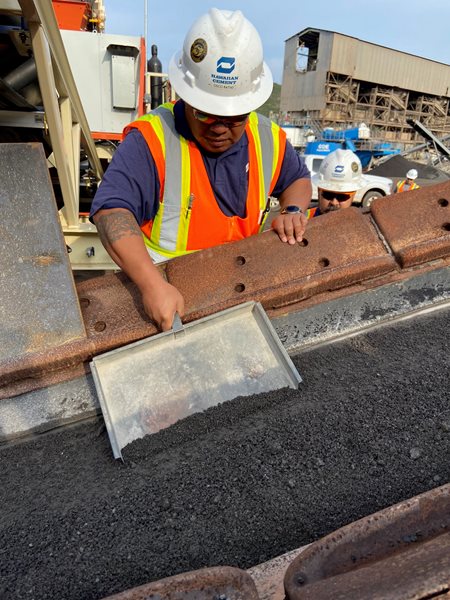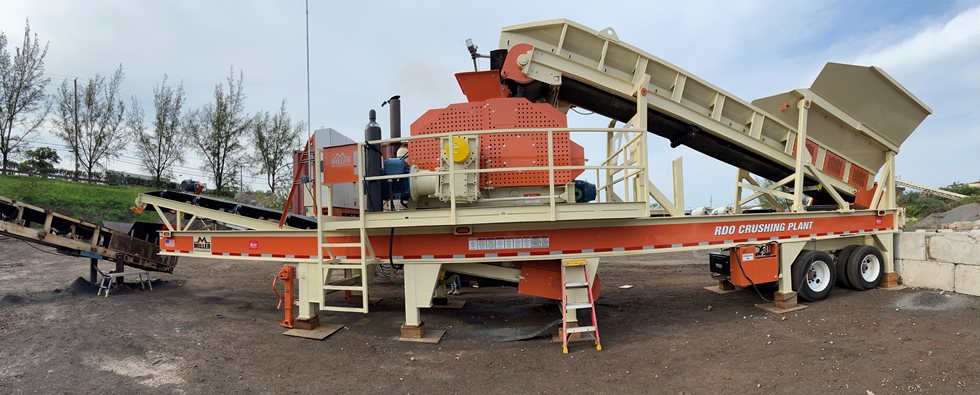The largest concrete producer in Hawaii
Hawaiian Cement is a vertically integrated construction material company supplying cement, aggregate and ready-mix concrete in Hawaii. The company operates two central-mix concrete plants and a local quarry called Halawa Valley Operations, which provides aggregates for the concrete plants.
Hawaiian Cement's customers include construction contractors and government agencies. Contractors often require concrete mix designs on short notice, while government projects have strict specifications for infrastructure projects. To remain competitive, Hawaiian Cement must maintain a reliable supply of concrete ingredients at an affordable price.
Halawa Valley Operations quarry produces various products, one of which is ASTM C-33 concrete sand used in the production of concrete mixes. This sand is made from a fractured volcanic basalt rock, starting at 24 inches for base material. The crushing circuit consists of a jaw crusher for primary crushing, a gyratory crusher for the secondary stage, a 300hp cone crusher for tertiary crushing and a VSI crusher for the quaternary crushing stage. The material is then sent to a modular wash material plant.


